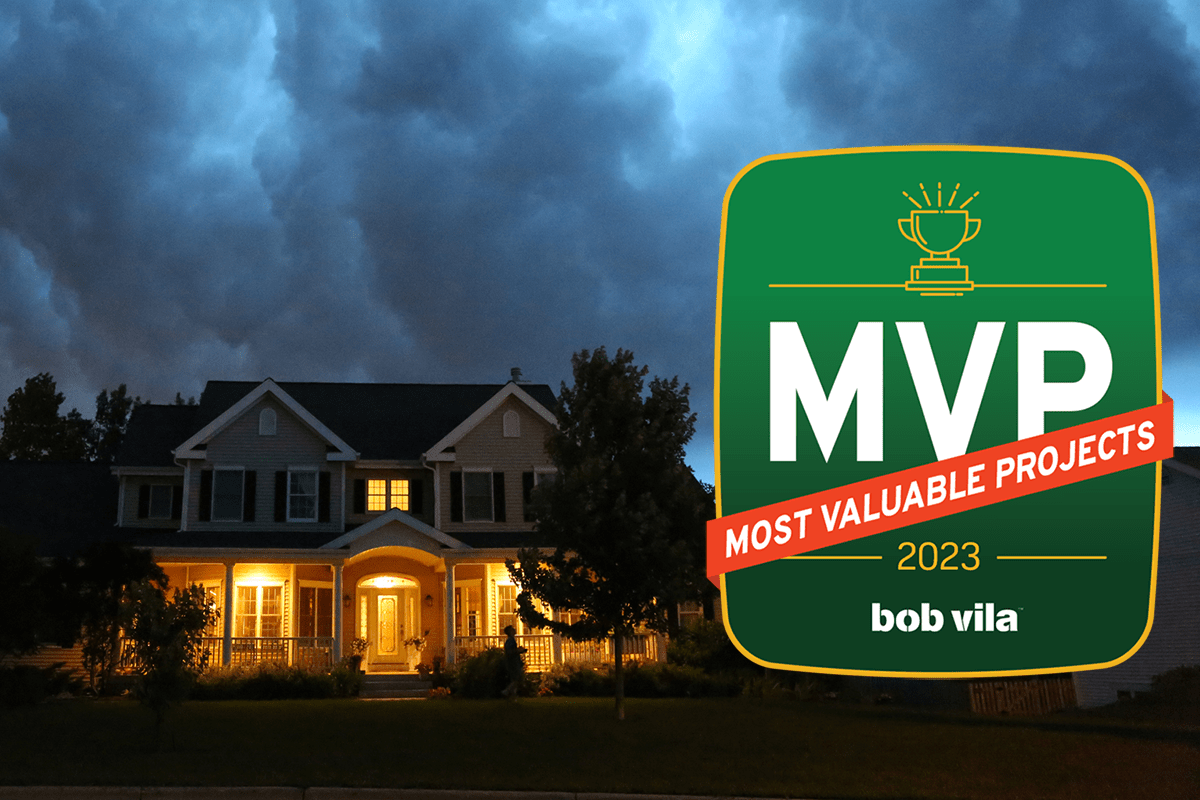

We may earn revenue from the products available on this page and participate in affiliate programs. Learn More ›
This is the fourth installment of Bob Vila’s Most Valuable Projects of 2023, a month-long series featuring high-ROI home improvements on energy efficiency, sustainable kitchens, rooftop solar, and emergency preparedness. Each week, we’re pulling from our vast library of informational content, vetted shopping guides, and connections to industry professionals to present primers on the top projects to take on this year.
Today’s homes must be built with the present and future in mind. Climate change adds a layer of complexity because it brings uncertainty. Gradual increases in heat can wreak havoc on weather patterns. It causes an increase in evaporation, which provides elevated moisture levels to fuel storms. These unexpected changes in weather create the ideal conditions for natural disasters, including drought, wildfires, flooding, hurricanes, and tornadoes.
Preparing for an increase in natural disasters caused by climate change could be a smart move. Anything residents can do to fortify and protect their home and its contents must be considered. For example, the vast majority of homes today connect to the electrical grid. Residents need to think about how to generate electricity should the power go out in order to prevent consequential damages such as frozen pipes.
Whether you’re at the start of construction or making improvements to an older home, enhancements such as installing a standby generator, strengthening your roof and siding, upgrading your home’s stance against storms, and defending against power surges are all wise moves that can act like insurance and protect some of your most valuable assets.
Preparing for a storm or other climate-driven dangers isn’t enough. Many homeowners want to make shrewd moves that can provide a return on investment (ROI). According to the Remodeling 2023 Cost vs. Value Report, some of the following home improvement projects recoup much of their initial cost upon resale—all while simultaneously offering added safety and peace of mind in an emergency.
Standby Generator
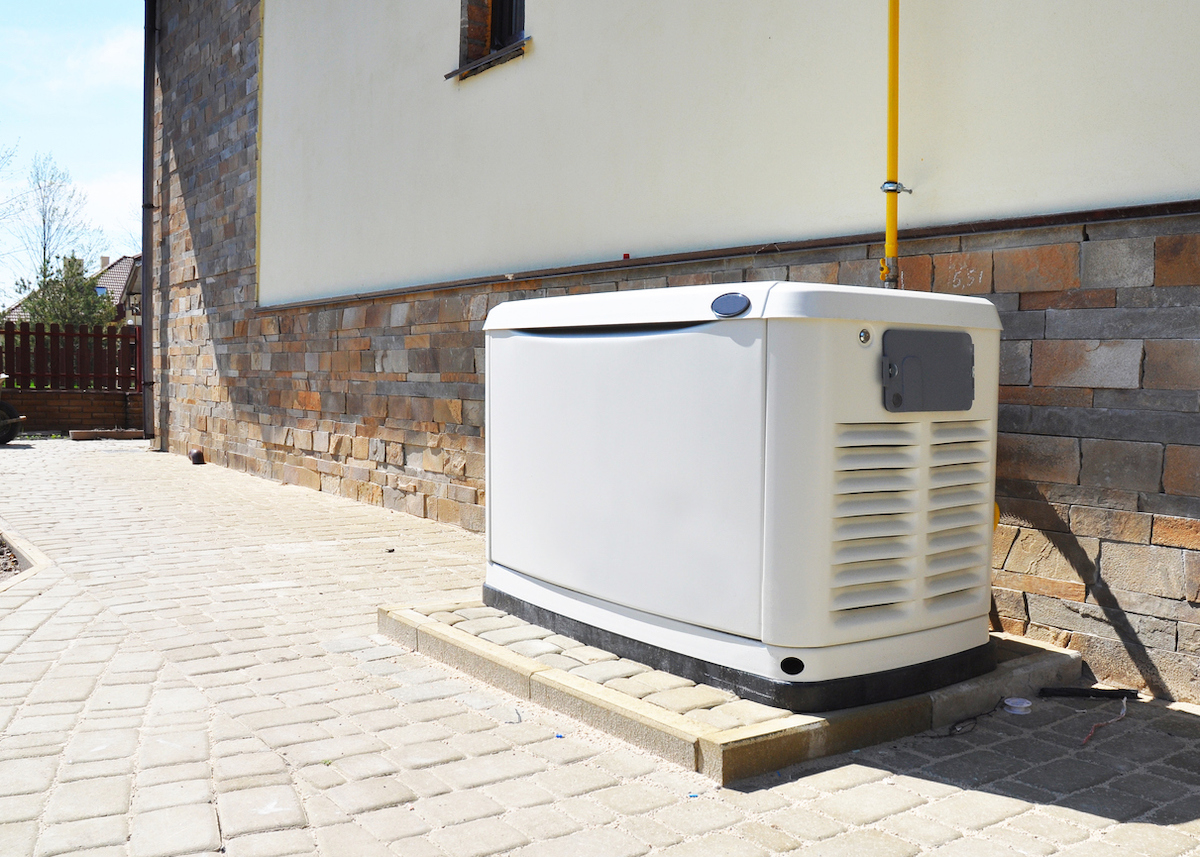
A standby generator can be a savior during a natural disaster or power outage. And what’s more, having one installed can boost the value of your home by 3 to 5 percent, says Kris Lippi, Connecticut-based real estate broker and owner of ISoldMyHouse.com. However, Lippi adds, the impact on home price can vary greatly depending on the location and how often storms and power outages occur in the area.
Increasing your property value and peace of mind are two compelling reasons to purchase a standby generator, but there is another factor at play here. Ben Wagner, N.Y. real estate investor and house flipper at Leave The Key, points out that an increase in remote work and online learning have made standby generators a necessity for modern homes.
But before adding a backup power system, there’s research to be done to make sure you size it correctly. This includes adding up the total wattage needed to run the important systems, appliances, and electronics in your home, and selecting a model that can meet those needs.
It’s also imperative to hire licensed professionals to install a whole-house generator and connect it to your home’s electrical panel via a transfer switch. This is not a DIY project, and proper installation and maintenance can help preserve the value of a standby generator. The following guides will help you do your homework, so you can get the most out of a seamless backup power system.
MORE ON HOME GENERATORS:
➤ What Size Generator Do You Need?
➤ The Average Cost of a Whole-House Generator
➤ The Best Standby Generators of 2023
➤ Home Generator Maintenance Tips
Roof and Siding
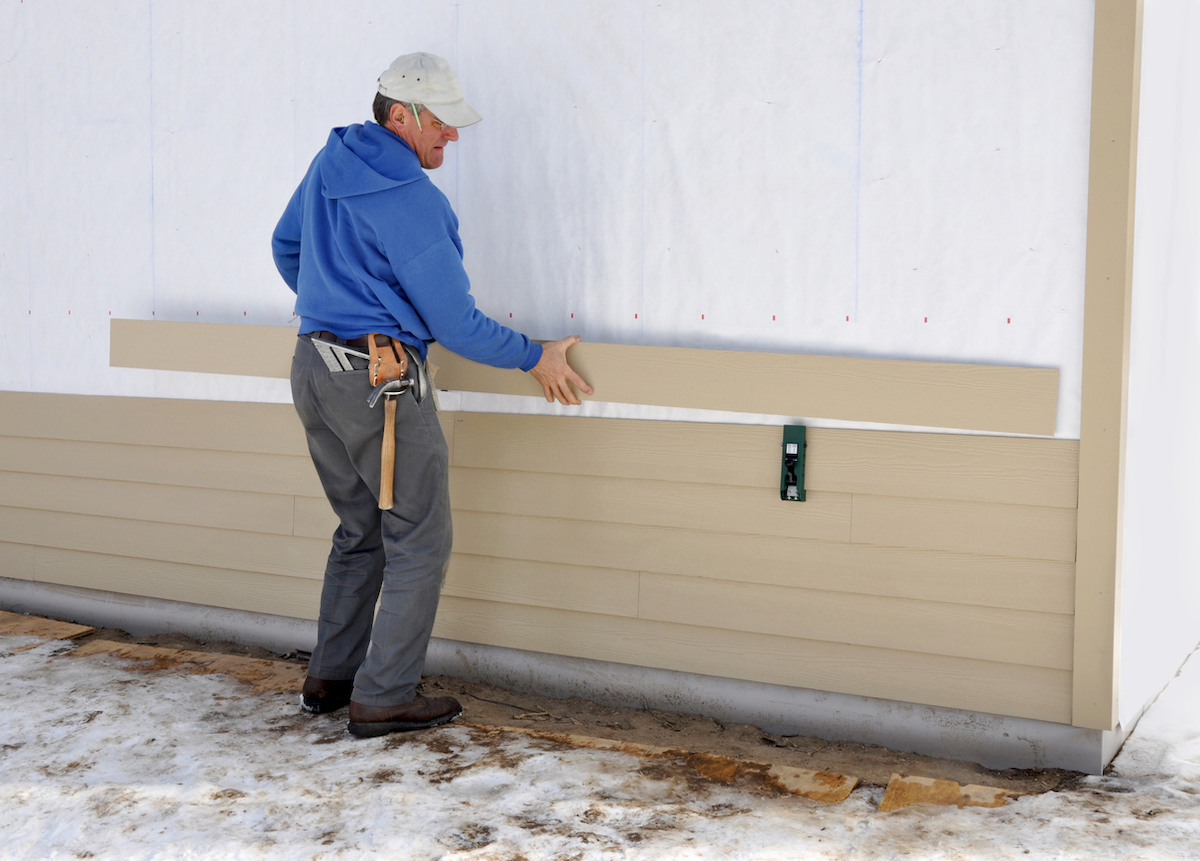
Homeowners insurance helps protect your investment from accidental damage and acts of nature—but it’s unlikely that your policy covers a roof that’s over 20 years old. Though redoing your roof will only financially compensate you for about 50 to 60 percent of the cost of the project upon resale, you can’t put a price tag on the security that comes with an up-to-date roof.
Upgrading the siding is another way to boost your home’s defenses against climate change. The material you choose ultimately depends on where you live, the durability you desire, and your budget. Options include brick, vinyl, wood, stucco, fiber cement, and more. Of those, fiber cement sifts to the top as not only the best bang for the buck with an estimated 88.5 percent ROI, but also one of the best in terms of durability. The material boasts a class 1A fire rating, is impact- and rot-resistant, and can stand up to elements such as wind, salt, UV rays, and pests.
While roof and siding replacement can reinforce a home’s exterior armor, these projects don’t come cheap. It’s important to first factor in the condition and age of your existing roof and siding. If you’re due for an upgrade, get the most out of it by weighing the pros and cons of different materials and how much they cost.
MORE ON ROOFING AND SIDING:
➤ Metal vs. Asphalt Roof: What’s the Difference?
➤ The Average Cost of Roof Replacement
➤ 10 Siding Options to Protect and Beautify Your Home
➤ The Average Cost of House Siding
Storm Defense
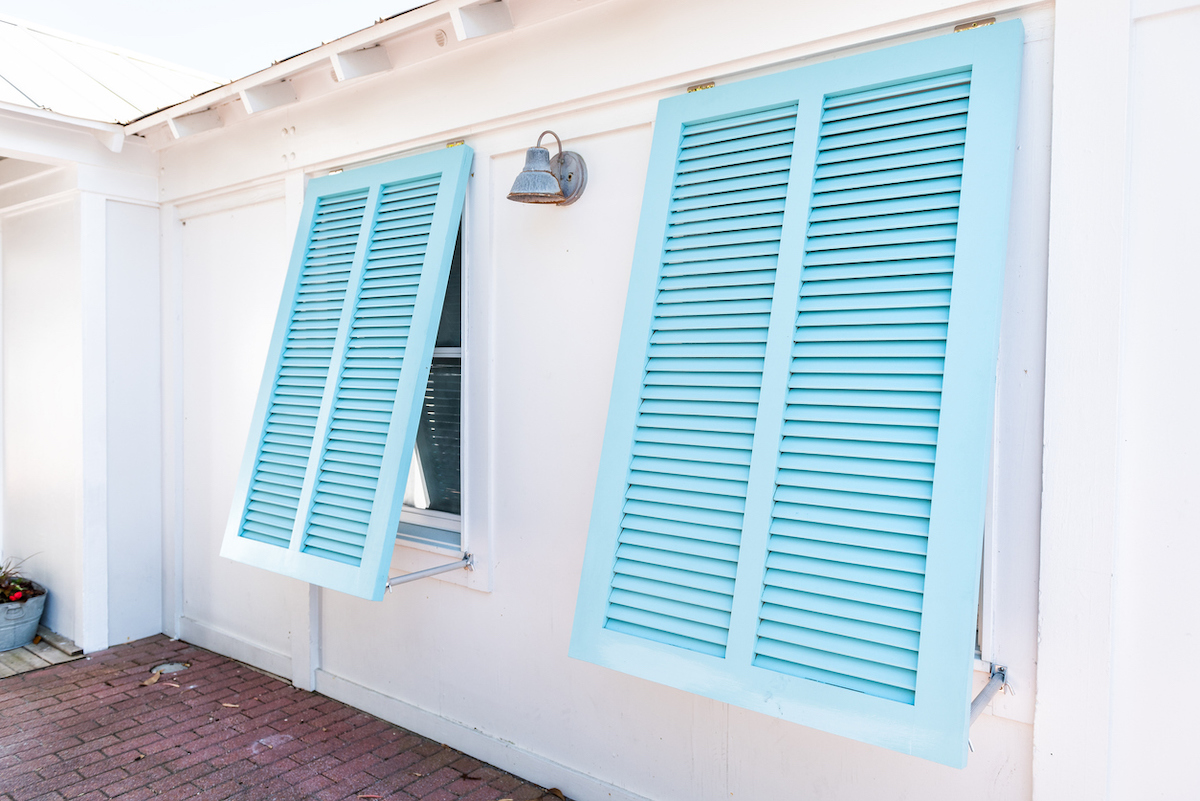
When it comes to storms, you want to avoid leaving things until the last minute. Preparing your home for more frequent tornadoes, hurricanes, and flooding should occur in advance through proactive measures such as getting a wind mitigation inspection, which can help reduce insurance policy premiums, or installing impact-resistant windows. You don’t want to be scrambling when the wind kicks up.
The good news is that many storm-specific home improvements can actually increase your property value, too. A recent report from Zillow found that fortifying a residence with a tornado shelter or hurricane shutters to enhance safety if debris becomes airborne can also result in the home selling faster or for more money, respectively.
Of course, the main factor to consider with any of the following projects is the threat of severe weather in your area. If the location experiences extreme storms often, installations dedicated to protecting against them could be a wise investment.
MORE ON STORMPROOFING:
➤ What Is a Wind Mitigation Inspection?
➤ The Average Cost of Impact-Resistant Windows
➤ The Best Hurricane Shutters for Protecting Your Home
➤ The Average Cost to Build a Storm Shelter
Surge Protection
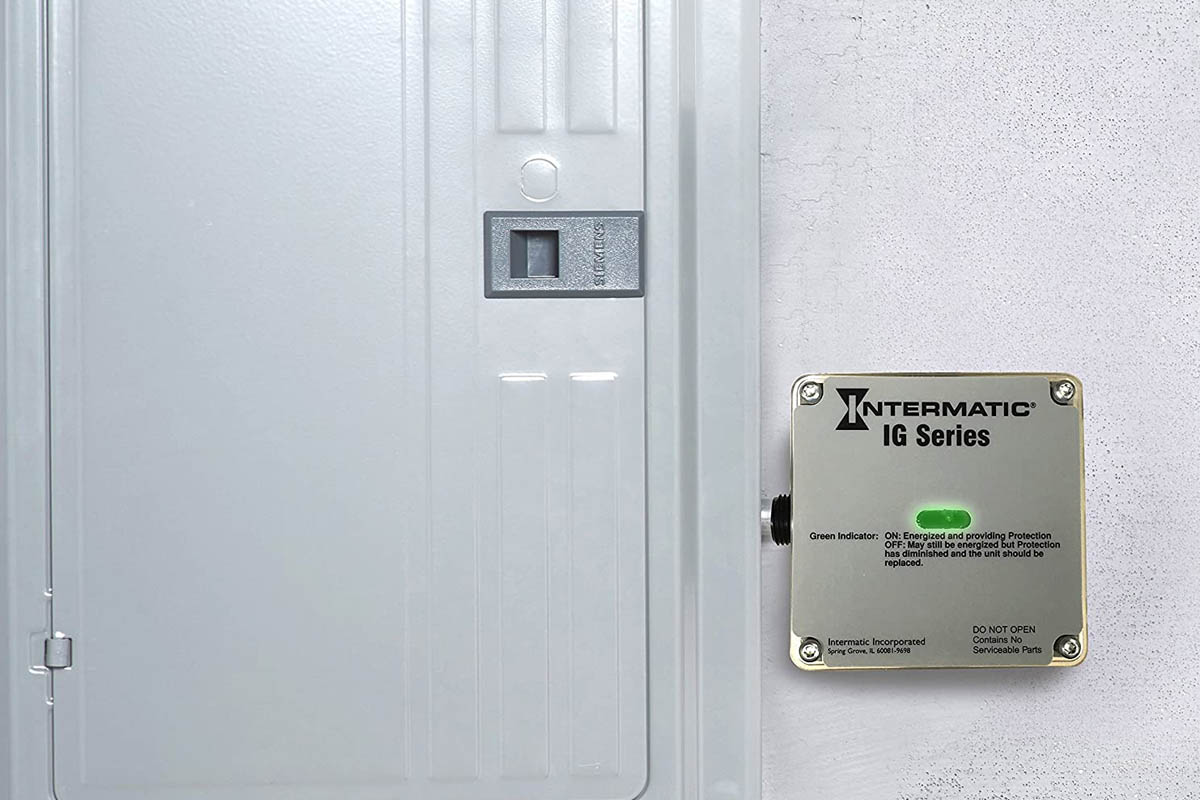
Another way for homeowners to safeguard their assets against potential damage caused by increased storm activity is with a whole-house surge protector. Lightning strikes can send sudden spikes of electricity through a home, which can ruin sensitive machines such as computers, televisions, and appliances. Or worse, it could spark an electrical fire.
Investing in a whole-home surge protector is like having a protection policy for your most expensive devices. It works similarly to a power strip surge protector, but on a larger scale that covers a home’s entire electrical system rather than a select number of outlets. Essentially, a whole-house surge protector absorbs the extra current before it reaches the main breaker panel.
In terms of price, the cost of surge protection for your home is low compared to the replacement fee for connected equipment, making it a potentially valuable project to complete as part of your emergency preparedness plan. Consult the guides below to determine whether a whole-house surge protector is right for you.
MORE ON SURGE PROTECTION:
➤ Surge Protector vs. Power Strip
➤ The Average Cost to Install a Whole-House Surge Protector
➤ The Best Whole-House Surge Protectors of 2023
